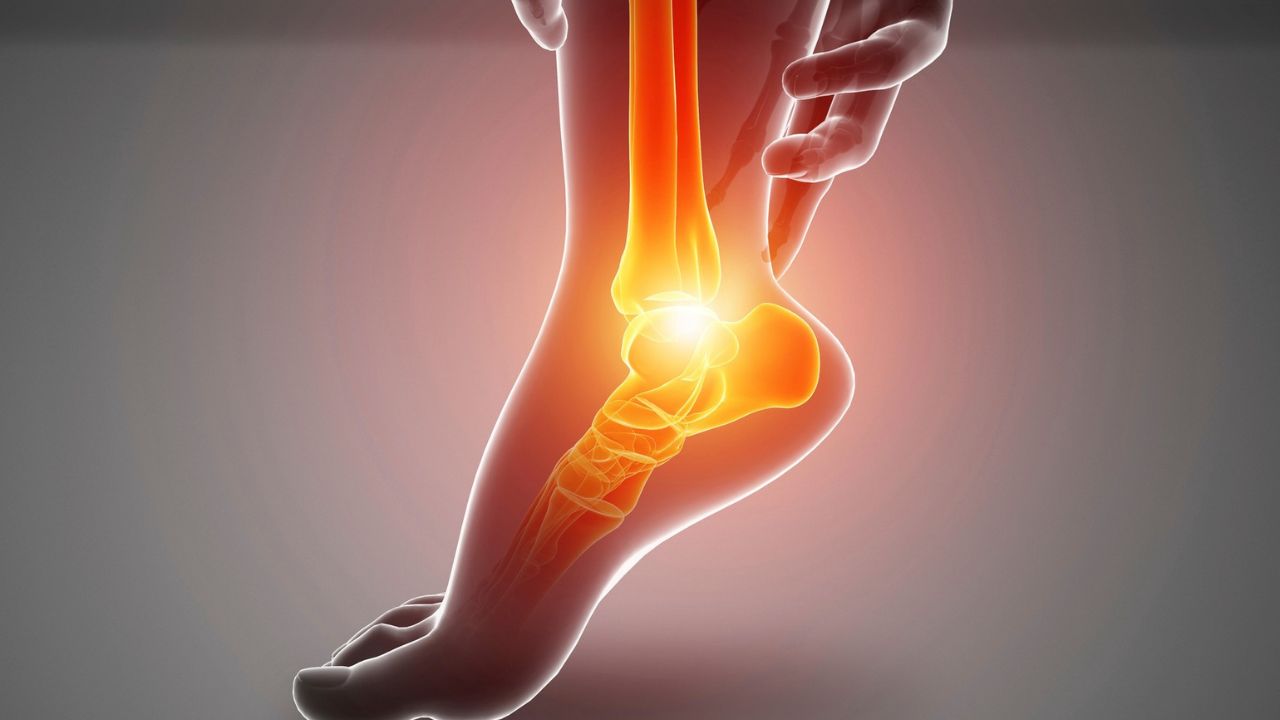Ankle Joint Replacement in India: Understanding Ankle Arthroplasty
Ankle joint replacement, also known as ankle arthroplasty, is a specialized surgical procedure that replaces damaged components of the ankle joint with prosthetic implants. This surgery is a significant advancement in orthopedic medicine, providing a solution for patients suffering from severe ankle arthritis and other debilitating ankle conditions. India has become a prominent destination for this procedure, offering world-class medical care at competitive costs.
What is Ankle Joint Replacement?
Ankle joint replacement involves replacing worn-out or damaged parts of the ankle joint with artificial implants, known as prosthetics. These components are designed to mimic the natural movement of the ankle, helping to restore functionality and reduce pain. The procedure is most commonly performed on patients with advanced ankle arthritis, including osteoarthritis, rheumatoid arthritis, and post-traumatic arthritis resulting from previous injuries.
Who Can Benefit from Ankle Joint Replacement Surgery?
Patients suffering from chronic ankle pain, stiffness, and reduced mobility due to arthritis can benefit from ankle joint replacement surgery. Those who have not responded to conservative treatments like physical therapy, medications, or injections may find relief through this surgery. The procedure also helps individuals with severe ankle injuries that have led to joint degeneration. By replacing damaged joint components, patients can experience significant improvements in pain relief, joint function, and overall quality of life.
The Ankle Joint Replacement Procedure
Surgeons typically perform joint replacement under general or spinal anesthesia. They begin by making an incision at the front of the ankle, carefully shifting any tendons, blood vessels, or nerves that may obstruct the surgical area. Another incision is then made to access the ankle joint, allowing the surgeon to remove the damaged portions of the bones.
Next, the bones are shaped to accommodate the prosthetic implants. These consist of two main components: the talar component, which replaces the top of the talus (foot bone), and the tibial component, which replaces the lower end of the tibia (shinbone). The prosthetics, typically made from a combination of metal and high-grade plastic, ensure durability and smooth joint movement. Once the implants are securely in place, the surgeon assesses the joint for proper alignment and movement. To prevent loosening of the prosthetics, bone grafts may be used between the tibia and fibula.
After the prosthetics are positioned, the surgeon closes the incisions with sutures or staples. A splint is then applied to the ankle to immobilize it during the initial healing phase.
Recovery After Ankle Joint Replacement
Recovery from ankle joint replacement surgery requires time and patience. Patients should keep their foot elevated and avoid placing any weight on the ankle for about six weeks. Physical therapy plays a crucial role in recovery, helping to strengthen the ankle and restore mobility through targeted exercises. During this period, patients are also taught how to use crutches or a walker.
Managing pain is an integral part of recovery, so patients may be prescribed painkillers or other medications. The timeline for returning to daily activities, including work and driving, depends on the patient’s occupation and the extent of the surgery. Regular follow-ups with the surgeon and physiotherapist are essential for monitoring progress and ensuring a successful recovery.
Risks Associated with Ankle Joint Replacement
Although ankle joint replacement surgery offers many benefits, it also carries certain risks. These may include infection, bleeding, loosening of the prosthetics, nerve or blood vessel damage, skin complications around the ankle, dislocation, chronic pain, and, in rare cases, a noticeable difference in leg length. However, with the expertise of skilled surgeons and proper post-operative care, these risks can be minimized.
Conclusion
Ankle joint replacement in India offers a promising solution for individuals struggling with severe ankle conditions. This procedure can help patients regain mobility, reduce pain, and significantly improve their quality of life. India continues to be a leading destination for ankle arthroplasty due to its combination of advanced surgical techniques, experienced orthopedic surgeons, and state-of-the-art medical facilities. For those seeking guidance and support in navigating their medical journey, Rawa Health connects you with India’s top doctors and hospitals, providing affordable, high-quality treatment options personalized for your needs.





